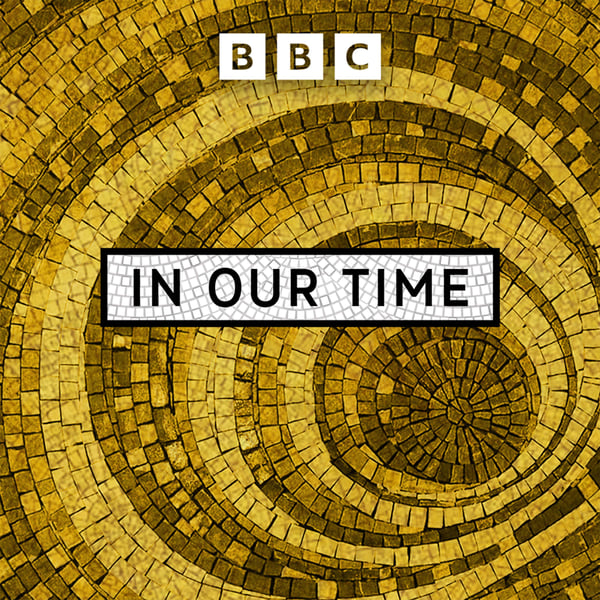Summary
Transcript
Click on a timestamp to play from that location
| 0:00.0 | This is the BBC. |
| 0:02.0 | Thanks for downloading this episode of In Our Time. |
| 0:05.0 | There's a reading list to go with it on our website and you can get news about our programs |
| 0:09.0 | if you follow us on Twitter at BBC In Our Time. |
| 0:12.0 | I hope you enjoyed the programs. |
| 0:14.0 | Hello, there are enough protons in the sun for it to last a thousand billion years |
| 0:18.0 | and it's only about halfway through them, so that's a relief. |
| 0:22.0 | The properties of protons there, as on Earth and throughout the Universe, |
| 0:26.0 | are those that make chemistry biology and life itself possible. |
| 0:29.0 | They've existed since the split second after the Big Bang |
| 0:32.0 | and are found in a nuclei of all elements. |
| 0:35.0 | Hydrogen, by far the most abundant element in the Universe, |
| 0:38.0 | is a single proton with one electron. |
| 0:41.0 | Stripped electrons, those protons can be accelerated to smash other nuclei |
| 0:46.0 | to reveal more of the secrets of particle physics |
| 0:48.0 | and they can be used in the treatment of some cancers. |
| 0:51.0 | And while much is known about protons, much remains to be discovered. |
| 0:55.0 | We'd be to discuss the proton, Frank Close, Professor Emeritus of Physics at the University of Oxford, |
| 1:01.0 | Simon Jolli, lecturer in high energy physics at the University of Scotland, |
| 1:05.0 | and Helen Heath, reader in physics at the University of Bristol. |
| 1:09.0 | Frank Close, what's the proton? |
| 1:12.0 | Well, proton is one of the seeds of atoms. |
... |
Please login to see the full transcript.
Disclaimer: The podcast and artwork embedded on this page are from BBC, and are the property of its owner and not affiliated with or endorsed by Tapesearch.
Generated transcripts are the property of BBC and are distributed freely under the Fair Use doctrine. Transcripts generated by Tapesearch are not guaranteed to be accurate.
Copyright © Tapesearch 2025.

